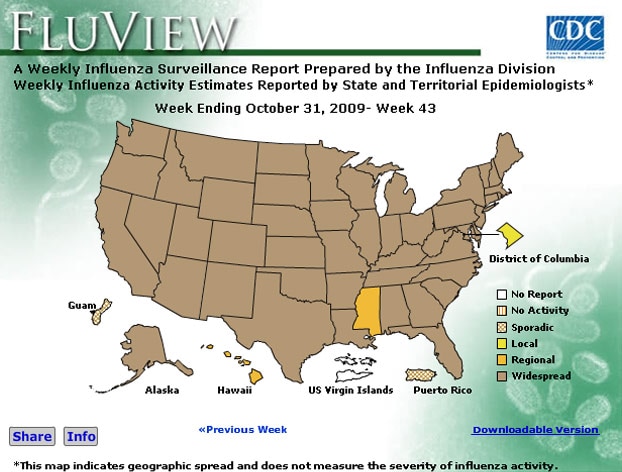The economy is scary enough without people dressed as Death Panels walking around. But here are some fun Halloween-y things to keep the ghouls at bay:
Enter an economy-themed pumpkin to the annual Wait, Wait Don’t Tell Me pumpkin carving contest.
There are a few news-focused ones entered already, but nothing recession-related, so take your chance! Maybe a stock market chart pumpkin? Or a Bernie Madoff? My personal favorite is the Swine Flu pumpkin, but there’s also Pumpkin Blagojevich to live up to:
Marketplace looks at how much it costs to make a scary movie by taking a look at the low-budget success of Paranormal Activity.
And while giving out organic candy may not make you a favorite of the kids on the block, you can still ‘green’ your Halloween by making your own costumes and carpooling to parties. Arizona Public Media has more tips here.
Have your Halloween plans changed at all because of the recession?



